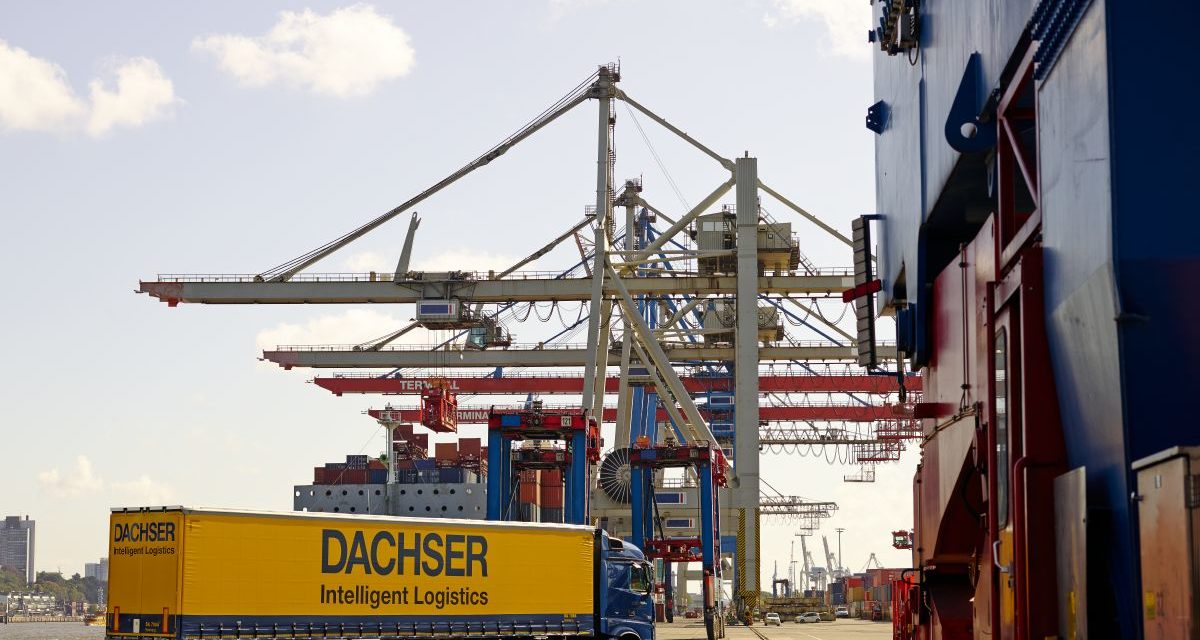Comprehensive logistics — key factor in the wine transport process from “vineyard to shelf”
Atlanta, September 1, 2020 – A glass of fine wine may be served during special events or sharing with friends or reading a book in a summer evening. Did you ever wonder how it gets from the vineyards in Argentina or Chile to your table in the United States? It takes a lot more than going to your local wine shop. In fact, it takes specialized logistics expertise and planning in order for it to arrive in its delicious condition.
A full-bodied red wine, Argentine Malbecs are appreciated for their smoothness and versatility. Argentine Malbecs became popular in the U.S. more than a decade ago and are now better known than many U.S. domestic wines. Whereas, Chile is known for sauvignon blancs, merlots, pinot noirs and the grape variety that has become the country’s signature – carmenere. Chilean varietals remain a favorite in the U.S. due to its complex and approachable flavor profiles.
In 2019, Argentina had wine exports valued at over $797.6 million representing 2.2% of the total global wine market. Malbec is its most exported variety, comprising 79.3 million liters and $327 million to 124 countries. In fact, Argentina’s total wine exports to the U.S. amounted to $284 million. Additionally, Chile is also a leading exporting country with the highest production in South America. It exported $1.9 billion which represents 5.3% of the world’s total and, notably, Chile’s total wine exports to the U.S. accounted for $259 million in 2019.
“True wine lovers expect their Argentine Malbec and Chilean wine imports to arrive without climate-control or other transport issues that may affect acidity, level of sweetness or length of finish. Therefore, it is essential to work with a logistics partner that understands the nuances of properly storing and transporting wine to ensure its integrity throughout the transport process”, explained Vincent Touya, Managing Director of Dachser USA.
Proven logistics providers, such as Dachser, take care of every detail to ensure that these popular Latin American wines reach their final U.S. destinations in the best conditions:
- Container temperature: A variety of conditions, such as the climate of the country of origin and the transportation route, determine if the transport of wine will require temperature-controlled equipment. For example, if a shipment is destined for a warm or tropical climate location, transport will likely require a refrigerated container since high temperatures harm the wine’s quality. Leading logistics companies with considerable expertise in the transport of wines, such as Dachser, offer various solutions for the safe transport of wine:
- Dry Containers: Used for the transport of bottled wine. They may carry a thermal blanket or insulation material covering the interior of the container to control the temperature.
- Reefer Containers: Used to transport premium quality wines that require a specific temperature or will go through several changes of temperature during transport. Reefer containers prevent the fluctuation of temperature that could potentially damage the wine’s quality. Kept at a constant temperature from 10° to 20°C enables the wine to retain all of its flavors and aromas.
- Flextanks: A bag or a large size tank made of flexible material located inside a 20-foot container can transport the wine in bulk. Load capacity of these containers is up to 24 thousand liters of wine.
- Storage: Storage of the product depends on climate factors from origin to destination. When products are exported in bulk, they arrive at the distribution centers to be bottled and then distributed to retail outlets and final purchasers. On the other hand, bottled wine arrives at warehouses.
- Quantity of Wine per Shipment: Since wine can be exported in bulk or bottled, the quantity and weight of each shipment varies, which affects the planning process. For example, when transporting by truck, it is the logistics provider is aware of any weight restrictions. Bottled wine is usually transported in containers of 40 feet and a capacity of 22 pallets per container which, in turn, holds 84 boxes per pallet. Every box contains 12 bottles of 750 ml. Such extensive details must be addressed by expert logistics providers with efficient processes like Dachser, a leading global logistics organization with considerable expertise in the transport of wine.
Dachser, a company with a solid and extensive global network and headquarters in Germany, is a premier logistics provider offering services of global optimization within the whole supply chain of the wine industry, from the vineyard to the shelf.
Press releases are generated outside of Spirited magazine and the information contained does not necessarily reflect the opinion of Spirited or its parent company, Sonoma Media Investments.











